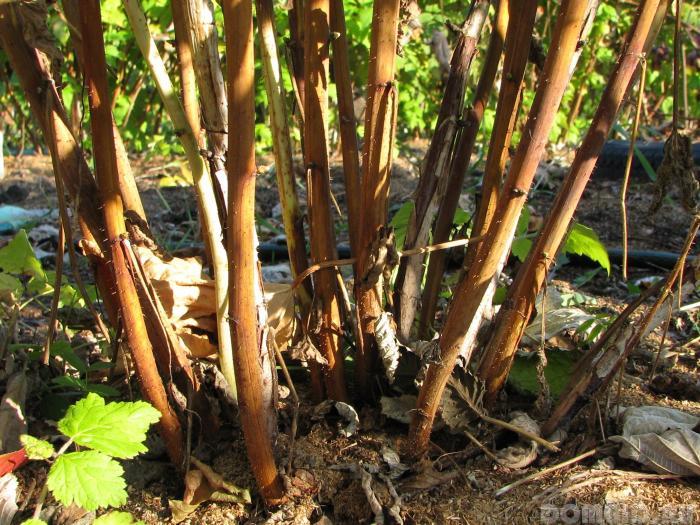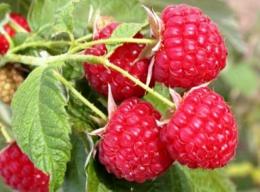Search
Login
Recommended
Raspberries: new high-yielding varieties, preservation of raspberry plantings in winter
The arrangement of raspberries is a good solution for everyone who wants to please themselves and their relatives with a fragrant berry, which is recognized as a storehouse of vitamins. Despite the difficulty and specifics of care, it is difficult to find gardeners who refused to cultivate demanding berries. The raspberry-prone disease, which yields a high yield only when there is a large amount of free space, has become the subject of debate among the breeder community, and in connection with this, high-yielding repair varieties that have become universal favorites were bred.
Content
- The advantages of repair varieties. Raspberry Hercules, variety description video
- Raspberry Patricia. Grade description
- Raspberry Penguin. Grade description
- Raspberry Yellow Giant. Grade description
- Bryansk marvel. Main advantages
- The brainchild of Polish breeders - raspberries Polka
- How to keep raspberry planting in winter? Pruning rules
The advantages of repair varieties. Raspberry Hercules, variety description
If raspberry has the property of repeatedly bearing fruit during one growing season, then it is called remontant. But, as experience has shown, this is not necessary, as a result of which today the technological principles of growing remont raspberries are based on the maximum increase in the autumn harvest. But the uniqueness of high-yielding raspberry varieties requires the observance of specific care features, which, first of all, are the correct pruning of bushes on the eve of the winter season and will be discussed below.
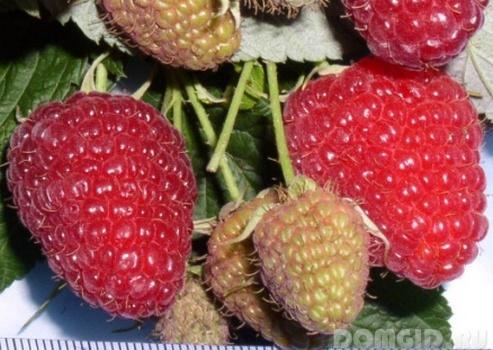
According to surveys aimed at identifying the most common varieties of remontant berries, the most popular among gardeners are the following: Hercules, Penguin, Yellow Giant, Patricia, Polka and Bryansk Divo. A description of these raspberry varieties will be discussed in this article.
The most common is raspberry Hercules, a description of the variety of which will be considered first. Raspberry Hercules and her very successful descendant The daughter of Hercules received well-deserved recognition among agronomists, since their quality characteristics are able to surpass the vast majority of varieties of remont berry.
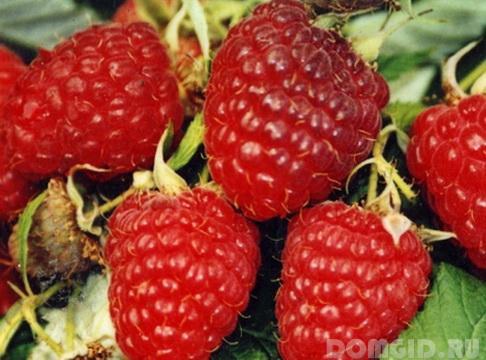
Maturing superior to many other varieties of raspberries Hercules falls on the first decade of August. The size of the berries is incredibly pleasing - each of them sometimes reaches 10 grams. Red drupes of a specific conical shape attract gourmets with their sweet taste with a noticeable acidity. Bushes of this species in most cases are slightly spreading, often of medium height. The stems are characterized by the presence of numerous hard spikes. Strong branches located in the vertical direction are able to withstand the severity of numerous fruits and do not require additional garter.
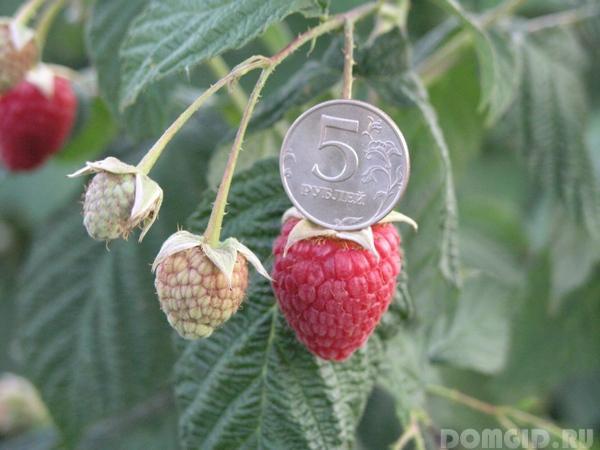
The significant advantage of Hercules raspberries, which is late fruiting, leads to a high degree of resistance to the harmful effects of pests and diseases. The main disadvantage of the Heracles repairing variety is the demand for care, which, however, is not much more complicated than the care for ordinary raspberries. The main requirements are to provide a well-lit place for planting and maintain a certain interval between the bushes, which should not be less than 0.8 meters. Periodic mulching of the root site, the introduction of root and foliar top dressing, as well as regular watering will provide a high degree of yield of the Heracles maintenance cultivar.
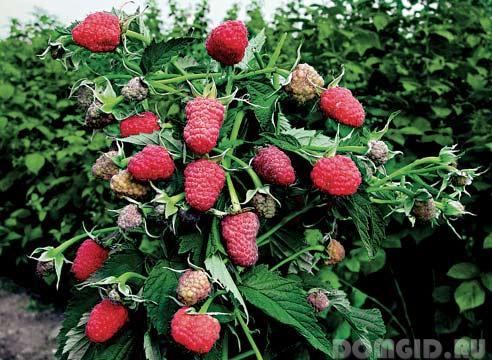
Raspberry Patricia. Grade description
The official description and description of the Patricia raspberry variety will be appropriate to start by considering the main advantages of this species. Externally, Patricia raspberry is a bush with semi-spreading erect stems of a biennial period of pale brown color and purple annual shoots, which are characterized by the absence of thorns. The berries are large in size, sometimes reaching 15 grams, in shape resembling a truncated cone, with a velvet coating, they can easily be separated from the stem. The high productivity of the variety, reaching 25 kg of berries from one bush, can easily be doubled with careful care. The variety is resistant to most diseases, with the exception of late blight, for the fight against which it is necessary to carry out preventive measures.

Raspberry Penguin. Grade description
Early ripening raspberries Penguin, the description of the variety which will be discussed later, has all the advantages of repair varieties.
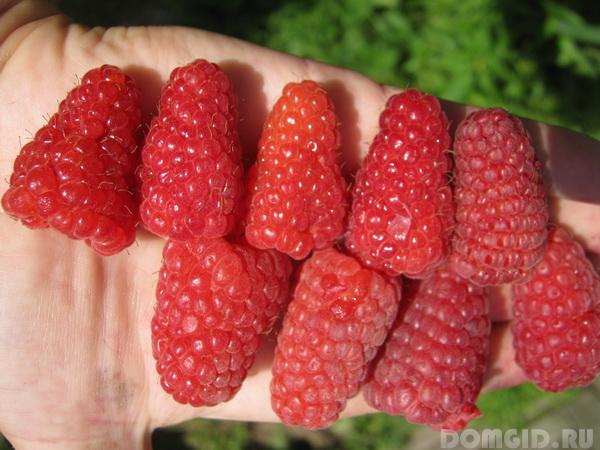
Possessing high winter hardiness and endurance, Penguin raspberries are able to bear fruit right up to the first frost, and the compact size of the bushes is especially relevant if raspberry shredding is planned in a limited area. A distinctive feature of raspberry penguin is the need for a specific approach to reproduction, since all the forces devoted mainly to the formation of the crop are not enough for the formation of shoots. As a result, the propagation of high-yielding raspberries Penguin requires the observance of certain agricultural practices. In this case, experts recommend choosing a completely healthy three-year bush and removing its central part, which will contribute to the formation of a large number of processes.
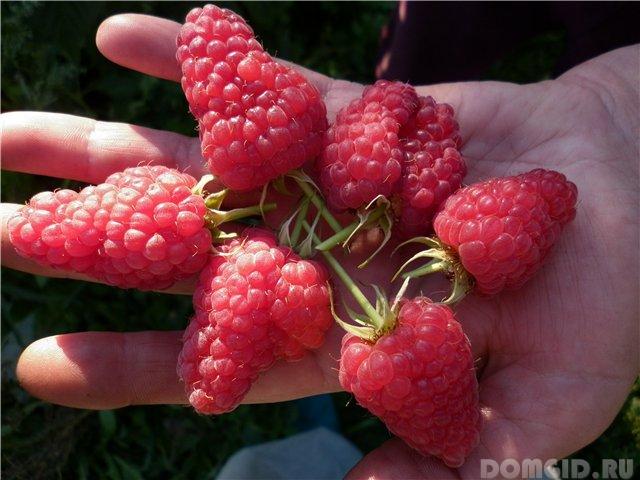
Raspberry Yellow Giant. Grade description
The raspberry Yellow giant can boast the largest fruits, a description of the variety of which can also be found in this article.
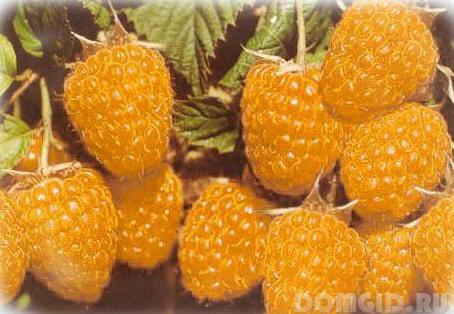
Since the Yellow Giant is named one of the most productive repairing varieties, its yield can exceed 10-12 kg from one bush. Berries, respectively, are yellow, mostly stupidly conical, taste sweet, can reach the size of a walnut. The bush itself is able to grow up to two and a half meters in height. Features of care are in the autumn cutting of the upper parts of the shoot to a level of two meters, which will lead to the formation of more powerful stalks with fruits of more impressive sizes.
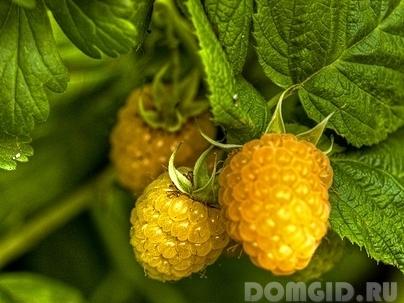
Bryansk marvel. Main advantages
Another common variety of repair raspberries is considered raspberry Bryansk divo, a description of the variety of which will also be considered. A compact medium-sized bush reaching 1.6 meters in height, abundantly strewn with large fruits, all this is about raspberry Bryansk divo. Berries of classic bright red color, having a graceful shape resembling an elongated cone, and a delicate taste and aroma, which is also considered one of the advantages of this variety. The yield level is quite high and reaches 5 kg from one bush. Ripening dates mainly occur in mid-August, as a result of which most of the crop has time to ripen before the first frost.

The brainchild of Polish breeders - raspberries Polka
One of the most famous repairing varieties in Europe is considered Raspberry Polka, which has become the brainchild of Polish breeders. The description of the variety should begin with a mention of the fact that it has become famous for records for productivity (up to 11 tons per hectare). The ability of the selection product of Polish scientists to shoot formation is at an average level, and the main fruiting falls on the shoots of this year. Despite the rather impressive height of the bush, the peaks are not at all prone to bending under the weight of the crop, and therefore the bush does not require additional support. When planting Polka raspberries, it is recommended to observe the optimal row spacing for this type, the performance of which is about 1.5 meters. It should be noted that the tops do not need pinching, but if you still decide to perform this manipulation, you must do this after reaching a height of 100 cm and strictly before flowering.
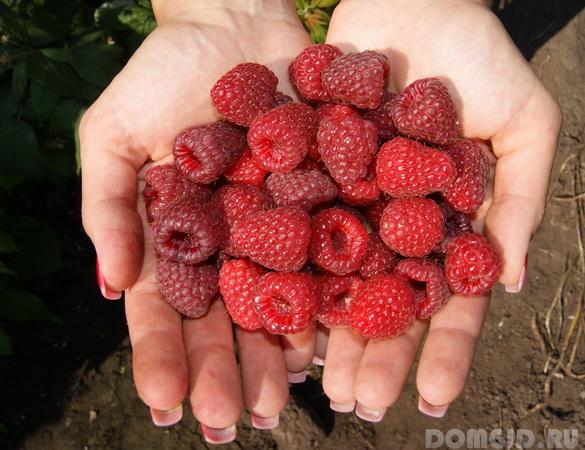
How to keep raspberry planting in winter? Pruning rules
Not only beginners, but also experienced gardeners, often ask themselves: How to cut raspberries for the winter?
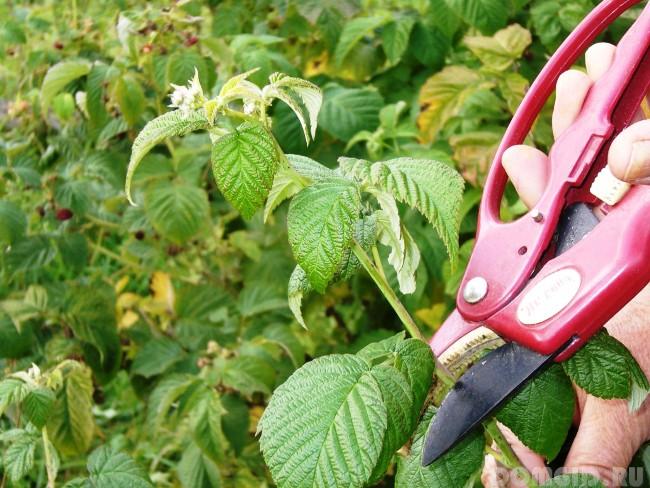
Multiple recommendations of experts say that in order to preserve high-yielding varieties from the harmful effects of pests and diseases, as well as to exclude additional chemical treatment, in the autumn period, mainly at the end of November, it is necessary to cut all raspberry stems that have already been thawed to the soil level, while hemp is not advised to leave. Cut branches must be removed from the site and burned.
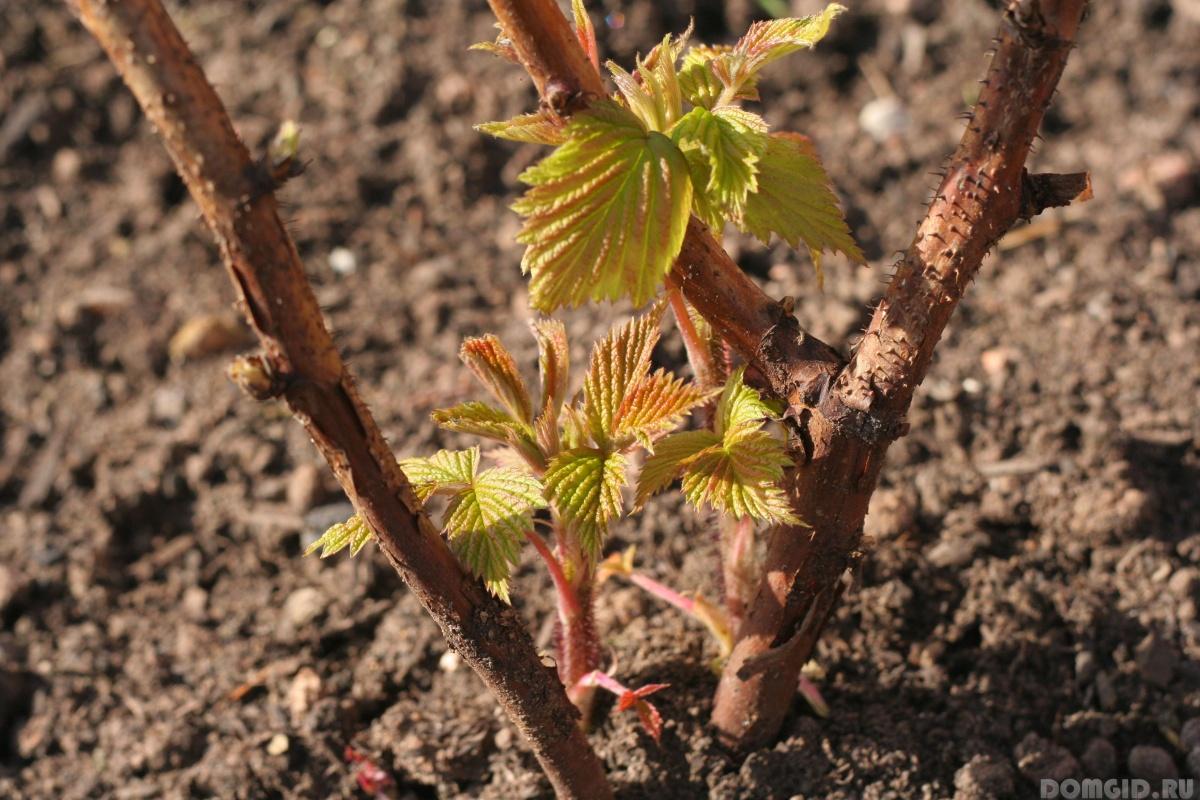
Such manipulation will save raspberries from most pests, and the absence of the need for processing with chemicals will allow you to grow environmentally friendly berries.
